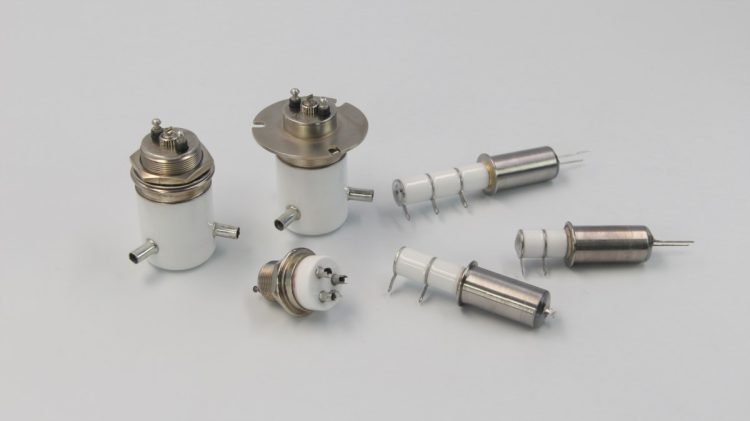Hey, let’s talk about something that doesn’t get much glory but does all the hard work: High-Voltage Vacuum Relays.
You find them in places where failure is not an option. Think massive radio towers, critical radar installations, and high-power communication transmitters. These systems handle serious power—we’re talking thousands of volts. And that’s a brutal environment for any ordinary electrical switch.

So, what’s the big deal? Why are High-Voltage Vacuum Relays the go-to choice here?
Well, it boils down to one word: reliability.
Inside these relays, the magic happens in a vacuum. No air. No moisture. No contaminants. This vacuum is the ultimate insulator. It prevents electrical arcing—that flash of lightning you see when high voltage jumps a gap. Arcing is bad news; it destroys contacts, creates interference, and just ruins your day.
By operating in a vacuum, these relays can snap circuits open and closed cleanly, even under extreme electrical pressure. It’s a clean break. Every single time. This is non-negotiable in RF systems.
Where You’ll Find Them In Action:
Antenna Matching and Tuning: Big radio transmitters need to tune their antenna for different frequencies. High-Voltage Vacuum Relays are the robust switches that physically reroute signals to different parts of the antenna array. They handle the high power and do it without adding signal loss or noise. They just work.
Transmit/Receive (T/R) Switching: This is a classic job. In systems like radar, one antenna is used to send a powerful pulse and to receive a weak echo. You need a switch that can instantly disconnect the super-sensitive receiver before that massive jolt of power from the transmitter fries it. Then, just as fast, it has to reconnect the receiver to listen. High-Voltage Vacuum Relays are fast and tough enough to handle this punishing cycle, over and over, for millions of cycles.
Load Bank Switching: Sometimes, a transmitter needs to send its power into a “dummy load” instead of an antenna for testing or safety. You need a switch that can confidently cut over that full power without hesitating or failing. Guess what’s built for that job?
The Bottom Line:
Why do engineers specify High-Voltage Vacuum Relays for RF and communication applications?
The reasons are simple:
Low Loss. They don’t suck up your precious radio frequency power.
High Isolation. They keep high voltage where it belongs—contained.
Long Life. They last. They’re tough.
Pure Consistency. They perform the same way on the first switch and the millionth.
To summarize, they are the utterly reliable, no nonsense work horses that keep the world’s most critical communication and radar systems aloft. When uptime is critical, you select the component that’s designed for the long haul.
For anyone involved with the design and the upkeep of the RF systems, knowing the importance of the high voltage vacuum relay is not simply technical, it is vital. It is the difference between a signal that successfully transmits and a system that is non-operational.